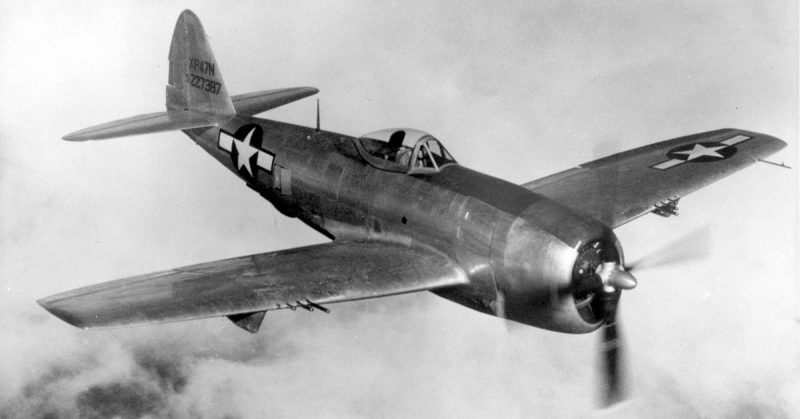A multi-disciplinary approach to finding and locating the remains of missing servicemen was pioneered last summer in northern France.
Collaboration between the U.S. Department of Defense, the University of Wisconsin, and other academic institutions located the plane and possible remains of 1st Lt. Frank Fazekas, a P-47 Thunderbolt pilot shot down on May 27, 1944.
The plane suddenly broke formation, spinning into a farm field. Fazekas’ wingman said in his report later Fazekas never used his radio to summon help and never bailed out.
A collection of staff, about a dozen students from UW at Madison, the Defense POW/MLA Accounting Agency (DPAA), the University of Hawaii-West Oahu, spent close to a month sifting and digging soil near the crash site in a corn field.
However, the work started only after the mission was almost suspended.
In early spring, case research specialist Sam Soderberg with assistance from a technical party from Germany, employed ground penetrating radar in a field at a location determined by 84-year-old Marc Chooche, who lived nearby in a farmhouse and saw the plane crash when he was 12.
No wreckage was indicated. Without definitive evidence that this was the right spot, it was almost called off, said Charles Konsitzke, associate director of the UW Biotechnology Center and organizer of the UW–Madison contingent.
But DPAA researchers a few days later found an aerial photo taken by a British reconnaissance flight taken 48 hours after the fatal crash.
The picture revealed a crater only a few meters from the field first surveyed. Placed atop maps and modern aerial photos, the image indicated the plane’s position with greater precision.
In the latter part of July, a UW–Madison contingent that also included recent graduates Claire Steffen and Ian Thomasgard, and student Kevin Scheidt, project emergency medicine director and Med Flight Medical Director Ryan Wubben and biotechnology outreach specialist Tom Zinnen, arrived in France. They were joined by DPAA lead forensic anthropologist and University of Hawaii–West O’ahu archaeology professor, William Belcher, who earned his doctorate in anthropology at UW–Madison — with a group of his students in addition to a DPAA civilian and active duty service members who assisted the UW search team.
The team removed the corn from an area 60 feet by 80 feet. Eisenberg used a backhoe operator to excavate exploratory trenches that narrowed the search area. She was looking for a difference in the texture and color of the soil that would indicate the crash site. When that was determined, the team had to remove the fill that covered the deep hole to a depth of three to four meters. When it was removed, the team found greenish-black sediment resembling a fuel-soaked area, Eisenberg said. As soon as it was opened the fumes from the aviation gas almost knocked a person over.
After several days of digging, and shortly after Fazekas’s son Frank S. Fazekas joined the team following their invitation, two sets of .50-calibre aircraft machine guns standing upright were found. The guns had the correct serial numbers confirming they came from the right aircraft.
A forensic analysis, if it yields DNA from the remains, will signify a conclusive identity. If so, the family is hopeful of re-interring the pilot with Frances, his wife, in the national cemetery at Arlington, Wisc News reported.
Their goal is to generate an interdisciplinary academic program using molecular biology, medicine, archaeology, and history in addition to other expertise on campus to locate and identify missing servicemen’s remains, Konsitzke explained.
